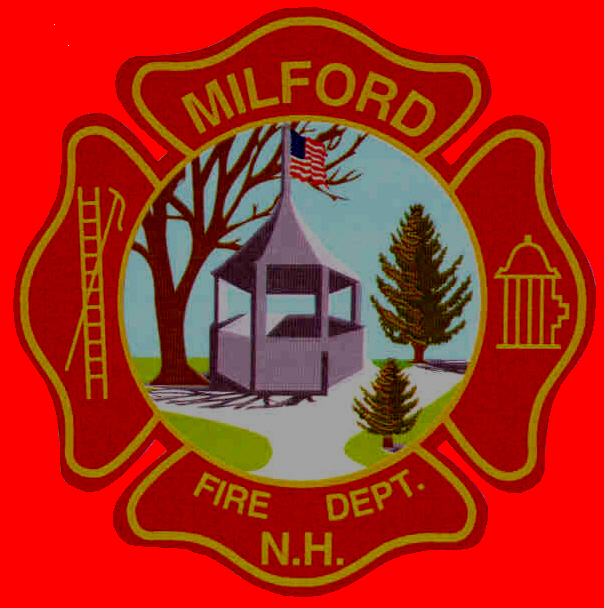|
Welcome to |
|
|
|
|
|
Francis X.
Fraitzl, III
Fire Prevention/Code Enforcement
Official Department Newletter
|
The Silent Killer Carbon Monoxide You can't smell it; taste it; or see it; and according to the National Safety Council, 200-300 accidental deaths a year are due to carbon monoxide poisoning. Please join us in helping prevent this from happening in Milford. You can help by: ·
Having your
fuel-burning appliances -- including oil and gas furnaces, gas water heaters,
gas ranges and ovens, gas dryers, gas or kerosene space heaters, fireplaces,
and wood stoves -- inspected by a trained professional at the beginning of
every heating season. Make certain that the flues and chimneys are connected,
in good condition, and not blocked. ·
Choosing
appliances that vent their fumes to the outside, have them
properly installed and maintained according to manufacturers'
instructions. Consider installing and useing an exhaust fan vented to outdoors
over gas stoves. ·
Read and follow
all of the instructions that accompany any fuel-burning device. If you cannot
avoid using an unvented gas or kerosene space heater, carefully follow the
cautions that come with the device. Use the proper fuel and keep doors to the
rest of the house open. Crack a window to ensure enough air for ventilation
and proper fuel-burning. ·
Remember to open
the flue when fireplaces are in use. ·
Choose
properly sized wood stoves that meet EPA emission standards. Make certain that
doors on all wood stoves fit tightly. ·
NEVER idle the
car in a garage -- even if the garage door to the outside is open. Fumes can
build up very quickly in the garage and living area of your home. ·
DON'T use a gas
oven to heat your home, even for a short time. ·
DON'T ever use
a charcoal grill indoors -- even in a fireplace. ·
DON'T sleep in
any room with an unvented gas or kerosene space heater. ·
DON'T use any
gasoline-powered engines (mowers, weed trimmers, snow blowers, chain saws,
small engines or generators) in enclosed spaces. ·
DON'T ignore
symptoms, particularly if more than one person is feeling them. You could lose
consciousness and die if you do nothing.
How much is too much:
Source: NFPA Fire Protection Handbook
For more information please contact your fire department at 673-3136 or email. You can also follow these links: http://www.cpsc.gov/cpscpub/pubs/466.html http://www.carbon-monoxide-poisoning.com/ http://www.nsc.org/library/facts/carbmono.htm
Serving
our Community with Pride
|
| Last Update 01/03/2008 | |

